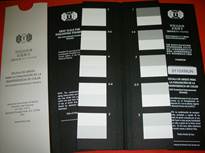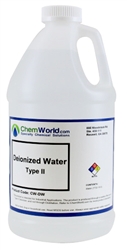Purpose of test
This test shows how well colored fabric or yarn holds its color when exposed to water.
The method was designed for textiles made from various fibers and with various coloring types:
- Printed
- Dyed
- Yarn
- Other Coloring Techniques
Terminology Defined
Colorfastness — A fabric’s ability to retain color in various conditions.
Gray Scale for Staining — The Gray Scale for Staining is used in colorfastness tests for evaluating staining on undyed textiles. The scale has shades of gray correlated with numbers that allow a tester to match shades with a numerical score.
Chromatic Transference Scale — The Chromatic Transference Scale is used to visually evaluate color transfer or staining during testing. The scale has multiple hues that allow a tester to match a huge from a color transfer test to a numerical score.

Test method
Materials Used for Test
- Sample textile
- Deionized or distilled water
- Multifiber fabric for backing
- Perspiration detector

Testing Procedure
- This test uses distilled or deionized water because tap water has too many variables.
- Don’t tumble or wash the sample beforehand; it must be tested as delivered.
Test Procedure (Summary)
- Part 1: Wetting and Drying —The sample, while in contact with the adjacent fabrics, is immersed in the solution then drained. It is then placed under pressure between plates and dried.
- Part 2: Assessment & Grading — The technician then measures any color change in the sample or the adjacent fabrics using The Gray Scale for Staining, The Gray Scale for Color Change, and the Chromatic Transference Scale.
They then assign a grade based on the results.